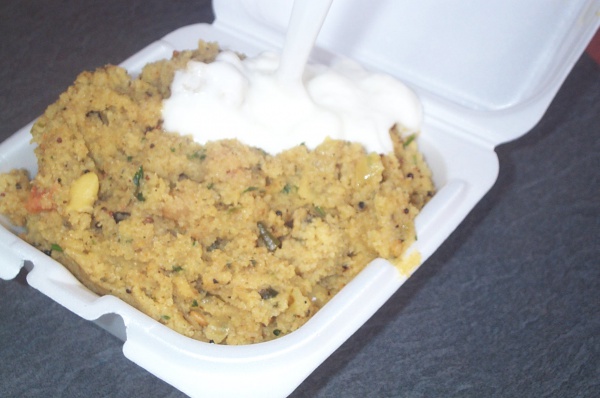Facts About Upma
Upma, also known as uppumavu or uppittu, is a cherished breakfast dish originating from the Indian subcontinent. It is a staple in South Indian, Maharashtrian, Odia, and Sri Lankan Tamil cuisines. Essentially, upma is a thick porridge crafted from dry-roasted semolina or coarse rice flour, enhanced with various seasonings and vegetables to suit individual preferences. Over time, upma has gained popularity across India, with numerous regional variations.
The name "upma" derives from the Dravidian word "uppu" meaning salt, combined with words for flour such as "pindi" or "mavu." In North India, it is commonly known as "upma" while in Maharashtra, it has traditionally been called "saanja" in Marathi.
Preparing upma is straightforward. Begin by dry roasting semolina. In a pan, sauté spices, lentils, onions, and ginger in oil or ghee. Add the roasted semolina, mix well, and pour in boiling water until the mixture achieves a fluffy consistency. You can adjust the spices and vegetables to your taste, and the texture can vary depending on the amount of water and cooking time.
Several popular variations of upma include:
- Sooji Upma: Made with semolina.
- Whole Wheat Upma: Uses cracked wheat.
- Rice Upma: Prepared with rice flour.
- Corn Upma: Made with corn.
- Kesari Bath: A sweet version enjoyed in Karnataka.
- Vermicelli Upma: Made with vermicelli and vegetables.
- Atukulu Upma: Uses flattened rice in Andhra Pradesh.
- Odisha Style: Often served with ghugni for breakfast.
Upma is a versatile and flavorful dish that highlights the regional diversity of Indian cuisine. Each variation offers a unique taste experience, making it a delightful dish to explore and enjoy.

 Afghanistan
Afghanistan